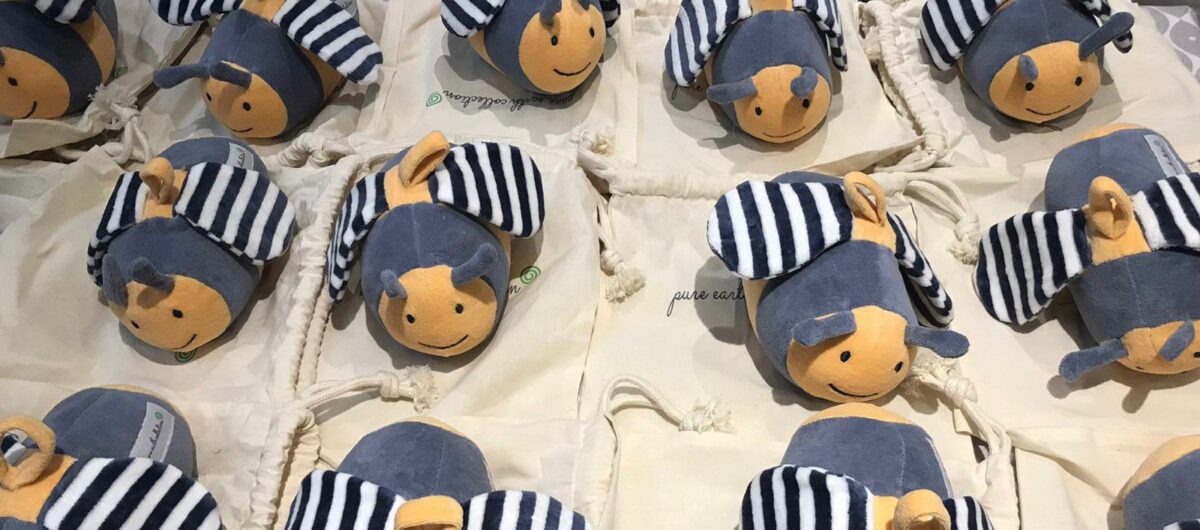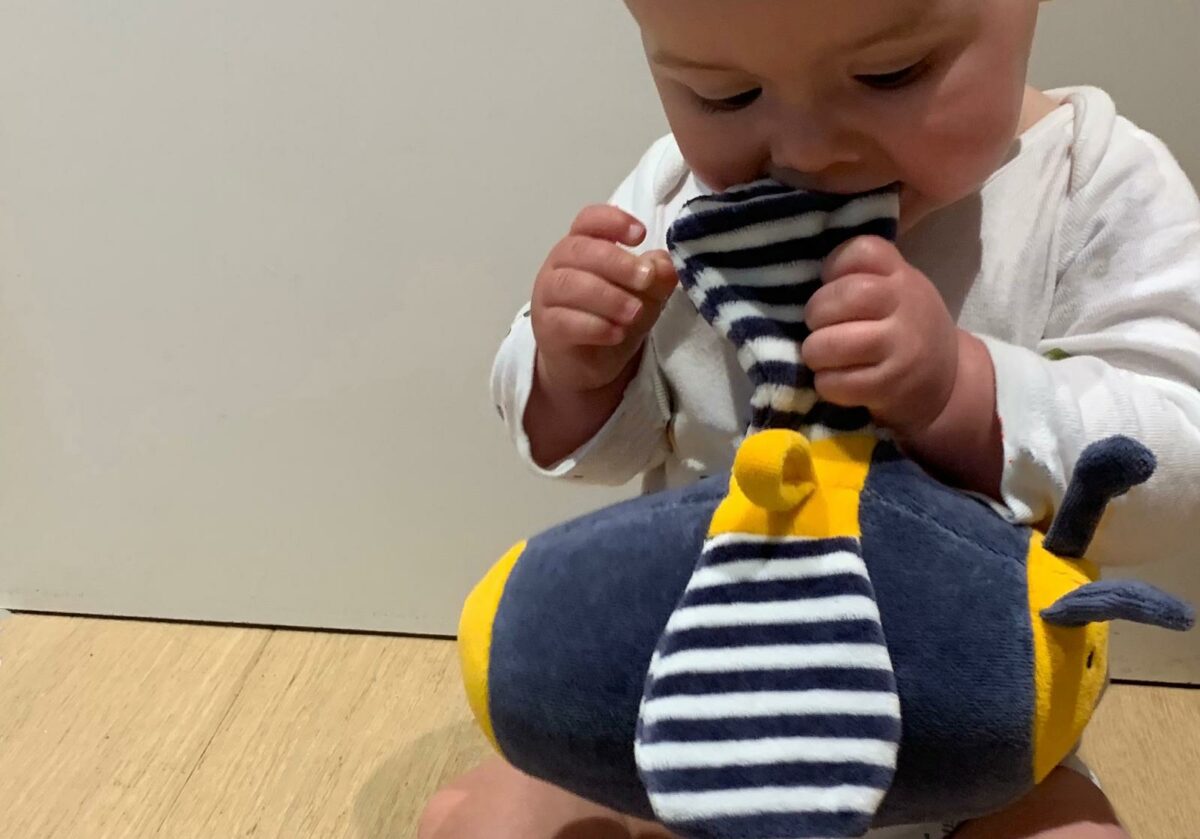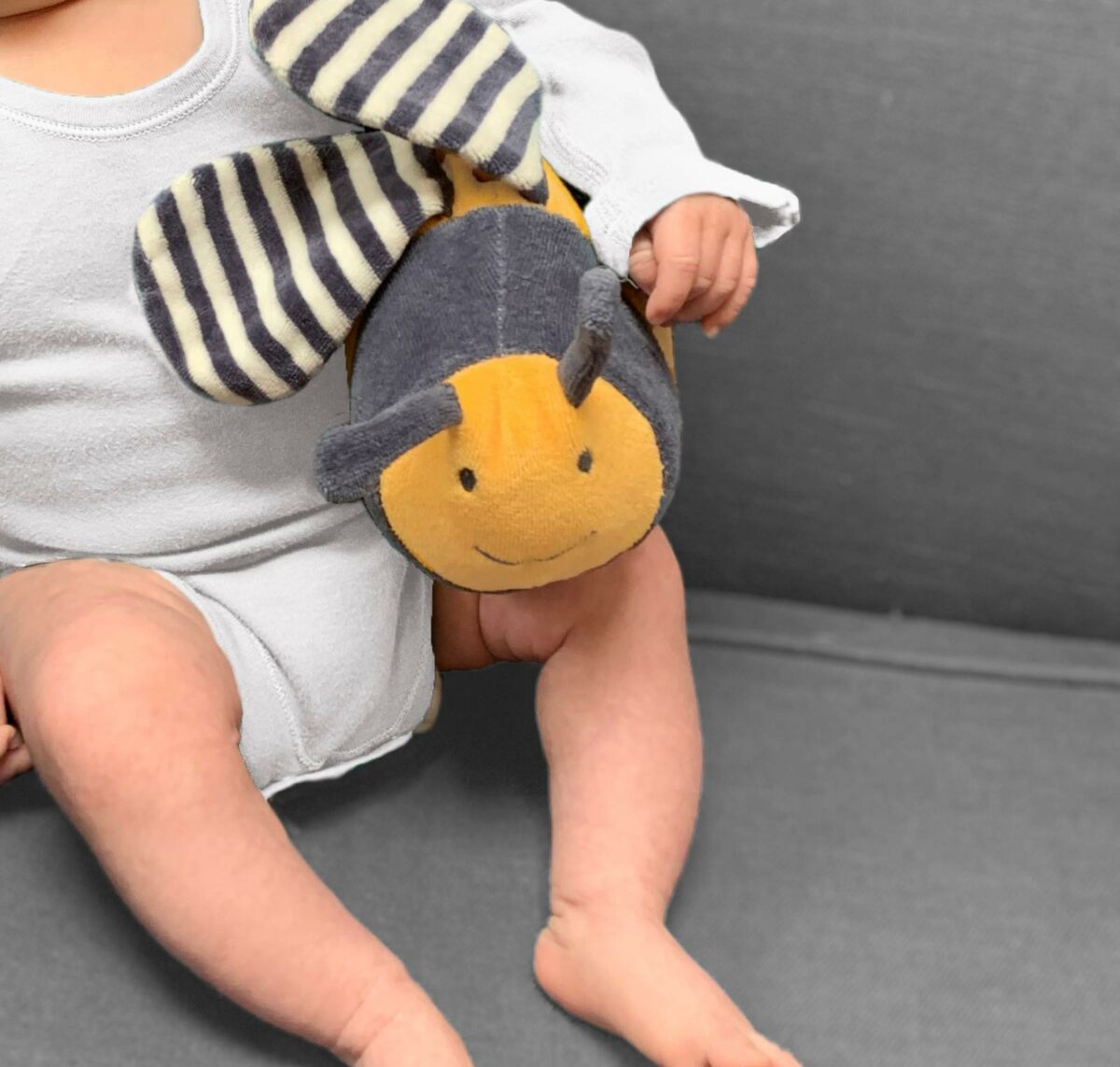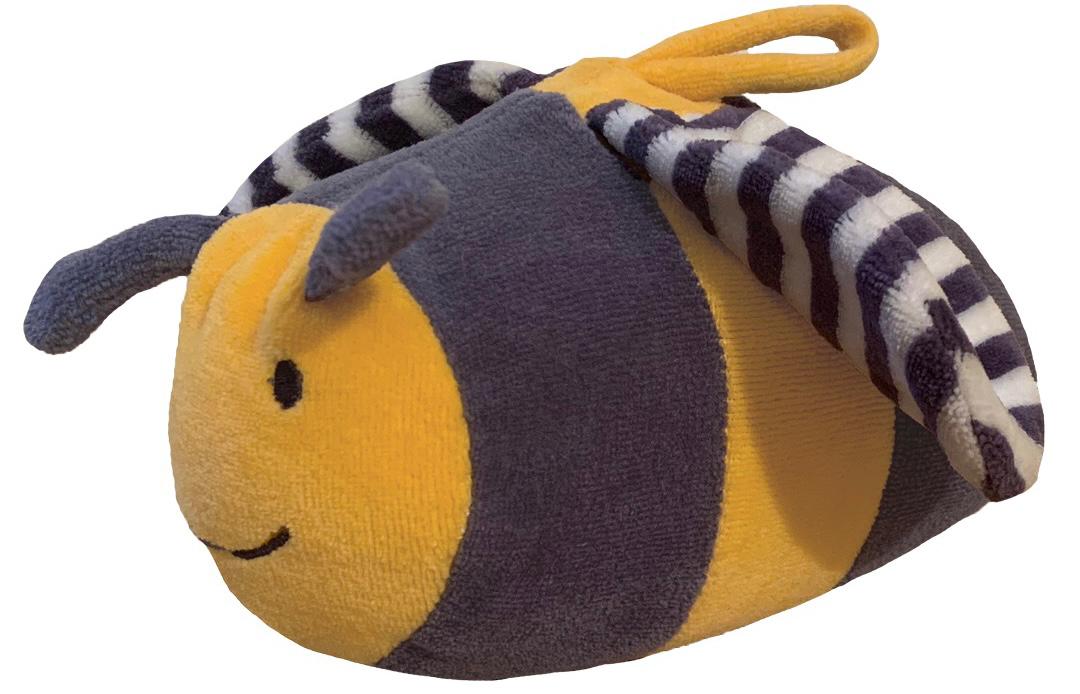
Bees play a crucial role in the preservation of our global ecosystems and the pollination of crops and plants.
Without bees, it’s thought that humans would only survive for around 4 years. On a positive note, protecting and boosting bee populations will significantly reduce global food supply issues and reduce hunger in developing countries.
Most people are now aware of the catastrophic impact of pesticides on bees and the resulting extinction of 1 in 6 bee species worldwide over recent decades. But scientists are now becoming increasingly concerned about the link between microplastics and the health and welfare of bees.
Studies have been carried out in Equador and Copenhagen which have shown microplastics on bees and in all bee hives in both urban and rural areas.
Why are microplastics concerning
Microplastics pose a huge health risk to humans, animals and the environment in general. Microplastics ingested by animals and molluscs have been shown to breakdown in stomach acid in a matter of hours, leaching harmful chemicals into the body. This has been linked to broken DNA, deformed gills and digestive tubes and disrupted hormonal balance, sometimes leading to reproductive problems.
And what is perhaps even more concerning is that these animals break down the microplastics and then excrete them back into the environment as even tinier nanoplastics, which are so small they can get inside cells and damage proteins.

So, what can we do as individuals to help?
More research is urgently needed to understand the full extent of the risks of microplastics and nanoplastics to bees and other wildlife. As individuals, we can make immediate changes to our consumer habits and lifestyles to drastically reduce the amount of plastic we use and throw away.
Out of the 13 types of microplastics found on honeybees and in hives, the most prevalent was polyester.
Polyester continuously sheds thousands of microplastics into the environment when it is worn, washed or touched. And these polyester microplastics are posing a huge threat to biodiversity and the health of animals and humans.
Polyester continuously sheds thousands of microplastics into the environment when it is worn, washed or touched. And these polyester microplastics are posing a huge threat to biodiversity and the health of animals and humans.

The good news is that polyester is perhaps the single easiest plastic for consumers to cut out of their lives as there is almost always and alternative fabric choice. Choosing cotton, bamboo or other cellulose fibers derived from natural materials is much safer for the environment and the health of living creatures. Don’t be tricked by clever marketing of so called “eco-polyester” made from recycled ocean plastic. Turning plastic waste into polyester yarn only accelerates the process of breaking the plastics down into detrimentally tiny fragments and therefore speeds up the microplastic crisis we are now facing.
Pure Earth Collection have been actively campaigning against the use of polyester as a fabric for years and have developed a number of child and environment safe alternative products such as our organic cotton sensory toys.
To celebrate World Bee Day this year and help spread awareness about the dangers of polyester we are offering 20% off our bumblebee sensory toys which are made from 100% organic cotton plush stuffed with biodegradable fill. #abeeforthebees.

It’s essential that we all play our part to help protect bees as they are a non-negotiable part of human existence.
References:
